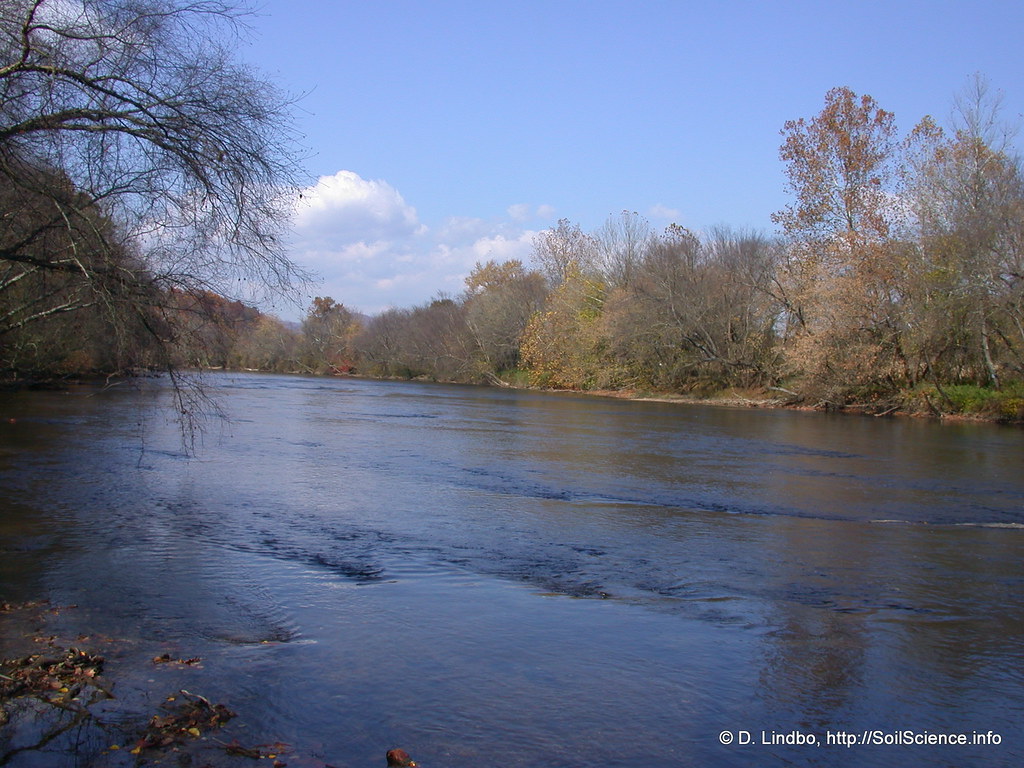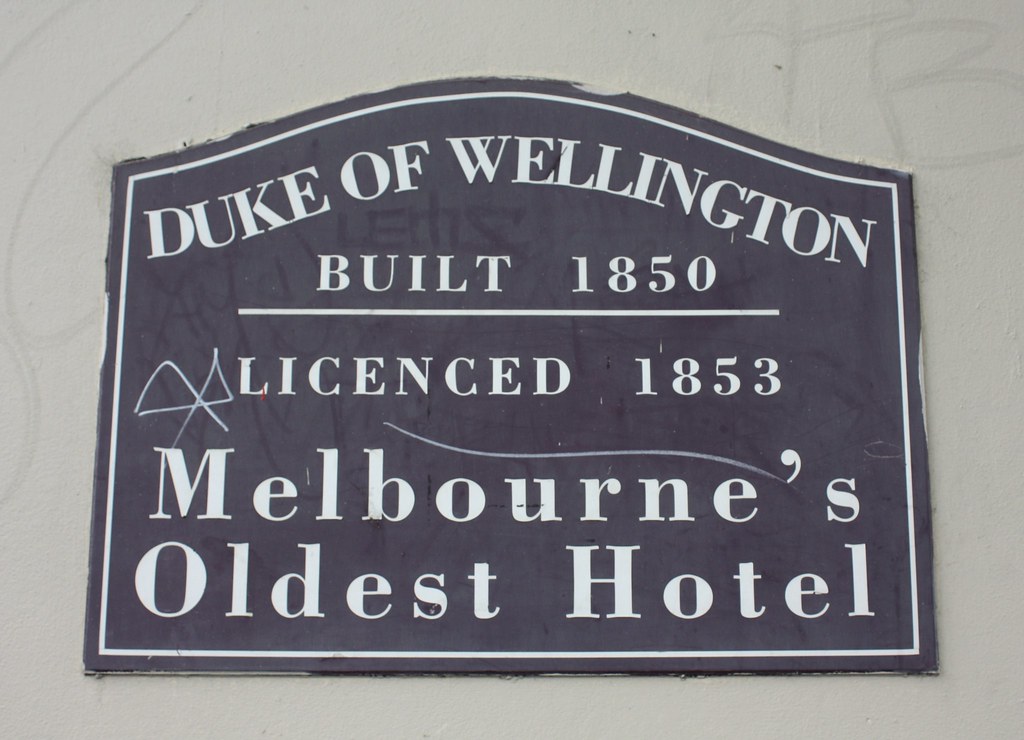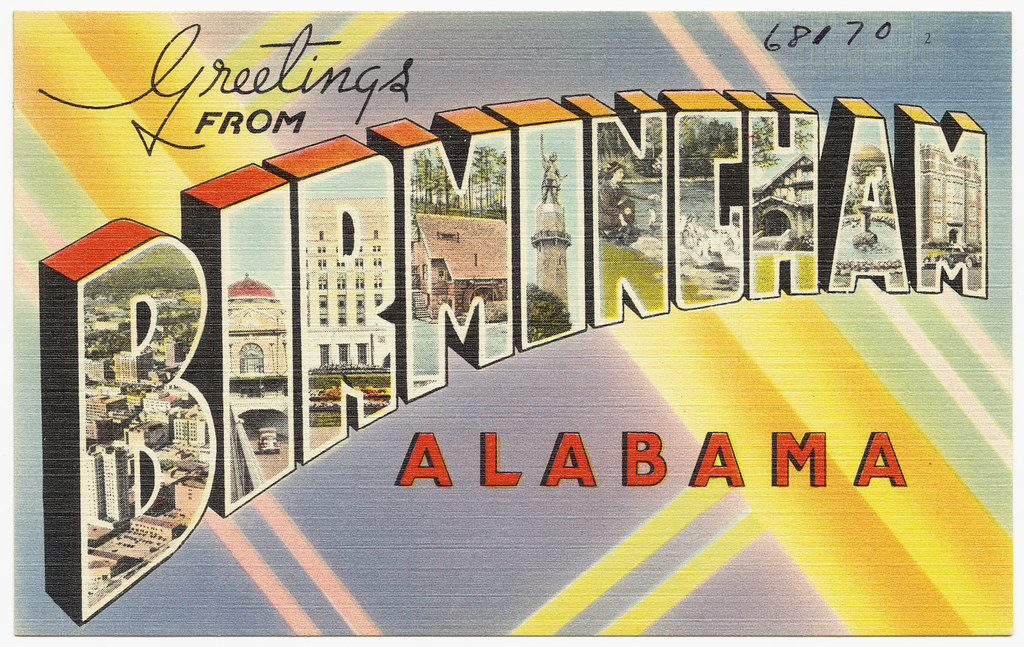
The study of history, as an academic discipline, is the systematic exploration of the human past, a dynamic process of analyzing and interpreting evidence to construct narratives about what happened and why. Beyond academic pursuits, however, history also refers to the past itself—the very fabric of times gone by, and the tangible remnants that allow us to connect with those who came before us. These connections, woven through our built environment and cultural practices, are vital to understanding our collective identity and drawing lessons for the present. When these precious links to our heritage are threatened, it’s not merely bricks and mortar that are at stake, but the very stories that define us as a nation.
For decades, the National Trust for Historic Preservation has served as a vigilant guardian of America’s diverse historical landscape, spotlighting sites that face imminent peril through its annual list of the most endangered historic places. This list, issued since 1988, is more than just a roll call of threatened buildings; it’s a powerful call to action, reminding us that “compelling, meaningful historic sites are at risk, whether from natural disasters, underutilization, neglect, or lack of awareness.” As Carol Quillen, CEO of the organization, aptly states, “We’re a nation with global roots, and our individual stories matter.” Indeed, these sites embody the myriad experiences, struggles, and triumphs that have shaped the American story.
The 2025 list, in particular, offers a poignant cross-section of challenges and resilience, featuring not only individual structures but entire communities grappling with existential threats. From eccentric architectural wonders built from love to entire sovereign tribal lands imperiled by climate change, these sites demand our attention. Join us as we embark on a detailed exploration of the first six remarkable places on this year’s list, each a unique testament to America’s rich past and a critical reminder of the ongoing effort required to ensure their future.

1. **Mystery Castle, Phoenix, Ariz.**Deep in the desert landscape of Phoenix, Arizona, stands a structure that defies conventional architectural categories and captures the imagination: the Mystery Castle. This extraordinary edifice, a ramshackle yet enchanting creation, resembles nothing so much as a whimsical sandcastle, painstakingly crafted from an assortment of found materials. Its origins are as unique as its appearance, having been built in the 1930s by an untrained architect, not for fame or fortune, but as a heartfelt tribute to his wife and daughter. It quickly transcended its humble beginnings to become a quirky and beloved roadside attraction, drawing curious visitors from across the nation.
The castle’s charm lies in its unconventional beauty and the deeply personal story embedded within its walls. It’s a testament to individual ingenuity and the power of domestic love, a tangible narrative of a man’s dedication to his family, expressed through stone, tile, and whatever salvageable materials he could acquire. Such a site offers a powerful counter-narrative to formal architectural histories, showcasing how “individual stories matter” and how creativity can flourish without traditional “plans, without training, without any kind of guidance or permits.” It represents a unique facet of American folk art and grassroots heritage.
However, the passage of time has not been kind to this idiosyncratic marvel. Over the years, the Mystery Castle has fallen into a state of disrepair, its unique construction making it particularly vulnerable to the elements and the wear of time. The National Trust for Historic Preservation has now identified it as one of America’s 11 most endangered historic places in 2025, signaling that it is “at risk of demolition.” The urgent need for preservation is clear; without intervention, this whimsical dream-turned-reality, a significant piece of Arizona’s cultural fabric, stands to be lost forever, taking with it the compelling story of its creation and the spirit of its builder.
Protecting the Mystery Castle means more than just saving a building; it means safeguarding a unique narrative of American resourcefulness and affection. Its preservation would ensure that future generations can witness this tangible embodiment of an individual’s extraordinary vision. The efforts to save it will undoubtedly draw on community support and perhaps creative solutions as unconventional as the castle itself, proving that even the most “ramshackle structure” can hold profound historical and cultural weight.

2. **Cedar Key, Florida**Venturing southeast, our attention turns to the Gulf Coast of Florida, where the picturesque islands of Cedar Key once embodied the quintessential “Old Florida charm.” This historic fishing village, nestled off the state’s northwest coast, was a haven of tranquility and tradition, a place where generations had built their lives around the rhythms of the sea. Its unique character and the enduring spirit of its community made it a cherished destination and a living link to a bygone era, distinguishing it from the more commercialized coastal developments.
The charm of Cedar Key was not merely aesthetic; it was deeply rooted in its identity as a working fishing village. This was a place where “the total destruction” wrought by natural forces could devastate not just buildings, but an entire way of life and the intricate social infrastructure that supported it. The stories of its residents, their resilience, and their deep connection to the land and water are integral to the broader narrative of coastal communities in the United States, showcasing the delicate balance between human settlement and the powerful forces of nature.
Tragically, in 2024, Hurricane Helene unleashed its devastating fury upon Cedar Key, leaving a trail of unprecedented destruction. As one longtime resident, Pamela Sikes, recounted to member station WUSF, “This is one of the worst hurricanes I’ve ever been through. The total destruction. So many businesses aren’t coming back, and it’s just really sad.” This heartbreaking assessment underscores the profound and often irreparable damage that intensifying natural disasters inflict upon historic communities, jeopardizing not only their physical structures but their very economic and social viability.
The inclusion of Cedar Key on the 2025 Most Endangered Historic Places list highlights a critical challenge facing countless coastal communities: the escalating threat of severe weather events. The focus here extends beyond mere physical rebuilding; it encompasses the daunting task of fostering “resiliency and rebuilding” in a way that supports “the soft social infrastructure that supports it and the cultural practices that have developed in that particular region.” The fate of Cedar Key serves as a stark reminder of the urgent need for comprehensive strategies that address both immediate recovery and long-term adaptation in the face of a changing climate.
Read more about: Investing in Tomorrow: 13 Fastest-Growing US Cities with Economic Momentum

3. **French Broad and Swannanoa River Corridors, Western North Carolina**Moving inland, but not away from the wrath of climate-related disasters, we find the French Broad and Swannanoa River corridors in western North Carolina also grappling with the aftermath of Hurricane Helene. This region, encompassing the vibrant city of Asheville and numerous other towns, is characterized by its stunning natural beauty and a rich historical tapestry. For generations, these rivers have been the lifeblood of the community, supporting agriculture, industry, and a distinctive Appalachian culture. Their banks are lined with historic structures and landscapes that tell the story of the region’s development.
The irony of the hurricane’s impact here is particularly striking. Climate scientists in the area had “long warned about the dangers of extreme rain,” yet even with these warnings, the scale of the destruction was immense. Among the buildings “wiped out by the hurricane” was, paradoxically, “a data center monitoring environmental disruption.” This incident vividly illustrates the pervasive and indiscriminate nature of climate change impacts, reaching even into the very infrastructure designed to understand and mitigate them. It’s a powerful symbol of the challenges societies face in adapting to rapidly intensifying environmental shifts.
The National Trust’s decision to include these river corridors on the endangered list underscores a shift in focus beyond individual buildings to entire regional ecosystems and their associated cultural landscapes. Carol Quillen emphasizes that their “work invites these communities both to rebuild and develop a plan to rebuild that supports their communities and also to plan for the future.” This holistic approach acknowledges that historical preservation in the age of climate change must integrate with broader community development and resilience planning, ensuring that rebuilding efforts are sustainable and forward-looking.
Preserving the historical integrity of the French Broad and Swannanoa River corridors involves more than restoring damaged structures; it requires a collective commitment to strengthening the entire social and environmental framework. “These sites have brought together local residents, governments, local governments, colleges and universities to produce research and studies on how to enable resiliency and rebuilding in these communities.” Such “coalitions” are crucial, demonstrating that the challenge of preserving heritage in the face of climate threats necessitates collaboration across all sectors, from grassroots initiatives to academic research, to protect both the “built environment” and the “soft social infrastructure” that gives a place its enduring character.

4. **Pamunkey Indian Reservation, King William County, Va.**In King William County, Virginia, a truly ancient and sovereign heritage faces a profound and existential threat: the Pamunkey Indian Reservation. This land is not merely a historic site; it is the ancestral home of the Pamunkey people, a federally recognized sovereign Tribal nation whose history on and around the peninsula in the Pamunkey River stretches back “at least 15,000 years.” This extraordinary duration makes it one of the longest continuously inhabited indigenous territories in North America, embodying an unbroken lineage of cultural practices, traditions, and deep connections to the land that predate the formation of the United States by millennia.
The Pamunkey Reservation represents a living history, a vibrant testament to the resilience and enduring presence of Indigenous cultures. It is a critical nexus for understanding the “history of the Americas,” which documents the arrival of the first humans and the establishment of diverse civilizations long before European contact. The spiritual, cultural, and historical significance of this land to the Pamunkey people is immeasurable, providing a crucial lens through which to comprehend a vast segment of American history that often goes overlooked in mainstream narratives. Its preservation is not just about a place, but about the continuity of a people’s identity.
The threat, however, is formidable and insidious: “rising storm severity and sea level rise.” These forces, direct consequences of global climate change, are slowly but inexorably encroaching upon the reservation. The stark reality is that these environmental changes “could make most of the reservation inaccessible within this century.” This projection paints a dire picture, implying not just physical displacement but the potential dissolution of cultural practices intrinsically linked to this specific land, severing a continuous heritage spanning thousands of years.
The inclusion of the Pamunkey Indian Reservation on the endangered list highlights the disproportionate impact of environmental change on indigenous communities and the critical importance of protecting sovereign tribal lands. Its plight underscores the National Trust’s commitment to “a variety of sites” and “locally driven” initiatives, recognizing that the threat to the Pamunkey is a threat to a unique and invaluable part of global human history. Preservation efforts must prioritize the self-determination of the Pamunkey people, supporting their plans to adapt and sustain their ancestral home and culture in the face of these daunting environmental challenges.

5. **Oregon Caves Chateau, Cave Junction, Ore.**Our journey across America’s endangered historic places brings us to the Pacific Northwest, specifically to Cave Junction, Oregon, home to the magnificent Oregon Caves Chateau. This impressive structure, “located within the Oregon Caves National Monument and Preserve,” has stood as a beacon of hospitality and a cornerstone of its rural economy for “91 years” since its construction in 1934. More than just a building, the Chateau has been a vital hub, “offered overnight lodging and concessions,” and significantly contributed to the economic vitality of Cave Junction and its surrounding communities, drawing tourists and nature enthusiasts alike.
The Chateau is a tangible link to a period of American history when national parks and monuments were being developed and made accessible to the public, fostering a connection between people and the natural wonders of the country. Its architectural style and operational history reflect the trends of early 20th-century tourism and the burgeoning appreciation for America’s natural heritage. The sustained economic benefit it has provided for nearly a century underscores the profound, long-term positive impact that well-preserved historic sites can have on local communities, serving as engines for “essential economic revitalization in its rural region.”
Unfortunately, time and the natural environment have taken their toll. The “need for extensive repair and restoration necessitated closure in 2018,” pausing its important role in the community. What began as a substantial restoration project quickly grew in scope and cost. “Additional unplanned structural and seismic upgrades have dramatically increased project costs,” posing a significant hurdle to its reopening. The scale of funding now required is immense, placing the Chateau at a critical juncture where its future hangs in the balance.
The story of the Oregon Caves Chateau exemplifies the complex financial and logistical challenges often faced by large-scale historic preservation projects, especially those requiring specialized structural and seismic upgrades in environmentally sensitive areas. Its inclusion on the endangered list is a testament to its irreplaceable value, both as a historical artifact and as an economic driver. Securing “significant funding” is paramount to allowing it to “once again serve visitors and support essential economic revitalization,” ensuring that this historic landmark continues to welcome and enrich the lives of countless individuals for another century.

6. **The Wellington, Pine Hill, N.Y.**In the scenic Catskills region of New York, a different kind of architectural heritage is under threat: the Wellington Hotel in Pine Hill. This grand structure stands as one of the “few surviving examples of the large-scale wood-frame resorts built in the Catskills region of New York in the late 1800s.” These resorts were once the epitome of summer retreats for urban dwellers, embodying a distinct era of leisure, social gathering, and regional economic development. The Wellington is a precious remnant of this vibrant past, a physical link to the resort culture that defined the Catskills for generations.
The historical significance of the Wellington extends beyond its architectural style; it embodies a rich social history of recreation and community interaction. These resorts were not just places to stay; they were destinations that shaped cultural practices, offered employment, and fostered a unique identity for the region. Preserving the Wellington means preserving a tangible piece of this social history, allowing future generations to understand the evolution of American leisure and the role of such grand establishments in connecting people with nature and each other.
However, like many historic properties, the Wellington has suffered “years of deterioration,” reaching a critical point where its “foundation was in danger of collapse.” This physical decay threatened to erase a vital piece of the Catskills’ heritage. Yet, in a heartwarming display of local initiative and collective will, “a group of community members have purchased the building to save and reactivate it.” Their vision is inspiring: to transform the Wellington into a multi-functional community asset, serving “the historic Pine Hill community as a food market, cafe, and affordable housing.”
This ambitious plan represents an innovative approach to historic preservation, demonstrating how threatened sites can be reimagined to meet contemporary community needs while honoring their past. By aiming to provide “affordable housing” and essential services like a “food market” and “cafe,” the community group seeks to reintegrate the Wellington into the daily life of Pine Hill, giving it renewed purpose and ensuring its long-term viability. Nevertheless, the scale of such a revitalization effort requires “additional partnerships and funding” to fully “realize this vision.” The Wellington’s journey is a powerful example of local determination, underscoring the National Trust’s emphasis on “locally driven” initiatives that can offer something truly transformative to their community.
Continuing our journey through America’s imperiled heritage, this section delves into the remaining five endangered sites on the National Trust for Historic Preservation’s 2025 list. Each site, though unique in its history and immediate threat, collectively underscores the profound historical significance embedded within our communities, the complex challenges to their survival, and the inspiring efforts underway to protect them for future generations. These are not merely structures but conduits to understanding who we are and where we’ve come from, deserving of our unwavering attention and care.

7. **San Juan Hotel, San Juan, Texas**Nestled in the heart of the Rio Grande Valley of Texas, the San Juan Hotel, erected in 1920, stands as more than just a building; it is a recognizable landmark, a silent observer of a century of change. Its imposing presence and distinctive architecture have woven it into the very fabric of the community, bearing witness to the region’s dynamic growth and transformations. For generations, it has served as a central point, a place where stories unfolded and connections were forged, reflecting the aspirations and struggles of the people who called San Juan home.
The hotel’s history is often described as “long and complicated,” a testament to its multifaceted role in the region’s development. Such a description hints at layers of significance, perhaps reflecting periods of prosperity and decline, diverse ownerships, or changing societal roles. It likely served as an economic anchor, a social gathering place, and a symbol of civic pride, contributing not only to the built environment but also to the intangible cultural heritage of the Rio Grande Valley. Its continued existence offers a tangible link to a past that shaped the present.
Today, the San Juan Hotel faces an uncertain future, prompting local advocates to step forward with a clear vision for its salvation. These dedicated community members understand that the building’s value extends far beyond its physical structure, encompassing its deep historical resonance and its potential for renewed purpose. Their earnest hope is to collaborate with the City of San Juan, recognizing that a unified effort is essential to navigate the complexities of large-scale historic preservation.
The ultimate goal of these advocates is to rehabilitate the venerable structure, ensuring it can once again “serve the community” in a meaningful way. This vision speaks to a desire not just to save a building, but to reactivate it as a vibrant hub that contributes to the social and economic well-being of San Juan. Such an endeavor embodies the spirit of locally driven preservation, demonstrating how historic landmarks can be repurposed to meet contemporary needs while honoring their enduring legacy.
Read more about: The ’00s Legend Returns: How T.O.P Dominated the Charts and Shaped a Generation’s Sound, Plus His Epic Journey Beyond Music

8. **The Turtle, Niagara Falls, N.Y.**On a site of profound spiritual and cultural significance in Niagara Falls, New York, stands a building as iconic as its name: The Turtle, also formally known as the Native American Center for the Living Arts. Completed in 1981, this architectural marvel was conceived by the distinguished Arapaho architect Dennis Sun Rhodes, whose vision infused the structure with deep symbolic meaning. Its unique design, evoking the powerful image of a turtle, immediately established it as a “powerful symbol of Indigenous heritage,” reflecting traditional beliefs about the earth being carried on a turtle’s back, a foundational story of creation and resilience.
The Turtle was initially envisioned as a dynamic hub, a place where Indigenous cultures, arts, and traditions could flourish and be celebrated. It housed galleries, performance spaces, and educational programs, serving as a vital center for community gathering and cultural exchange. Its opening marked a significant achievement, offering a contemporary platform for Indigenous voices and artistic expressions, fostering pride and understanding both within and beyond Native American communities. It stood as a beacon of cultural resurgence and a testament to the enduring creativity of Indigenous peoples.
Despite its profound significance and powerful symbolism, The Turtle has fallen into a lamentable state of neglect. For “almost 30 years,” the building has been vacant, its potential unfulfilled, its once vibrant spaces now silent. The decline was so severe that the previous owner had even shared plans for its demolition, a prospect that threatened to extinguish a critical piece of modern Indigenous architectural and cultural heritage. This long period of disuse stands in stark contrast to its original purpose, representing a lost opportunity for cultural enrichment.
However, a hopeful new chapter is being written, fueled by the dedication of a determined “coalition” that has formed with the express goal of “reawakening” The Turtle. This grassroots effort recognizes the building’s irreplaceable value and its potential to once again serve as a vibrant cultural center. Their vision is to restore its original purpose, to make it a place where Indigenous arts and stories can once more come alive, symbolizing a powerful act of reclamation and a commitment to preserving and revitalizing a unique heritage for future generations in Niagara Falls and beyond.



